The NTSB accident docket for the American Airlines Flight 383 engine failure will be opened at a later date.
The NTSB has issued an update as part of their ongoing review of the American Airlines Flight 383 engine failure. The incident, which took place on October 28, 2016, at Chicago O’Hare International airport, happened during the take-off roll of the Boeing 767-300 (N345AN). Immediately after the incident, an emergency evacuation was conducted for the 161 passengers and 9 crewmembers onboard.
Timeline of the Accident From the Update
The NTSB’s initial findings, drawn from witness statements to airport personnel, video evidence, flight data recorder (FDR) data and GPS data, provide the following basic timeline for the incident:
- The flight started its take-off roll on runway 28R, as it intersected with taxiway N5
- The aircraft then experienced “an uncontained failure of the right engine” an estimated 6,550 feet from the threshold of runway 28R, coming to a full stop an estimated 9,225 feet from the 28R threshold. Preliminary data from the FDR shows that the engine failure happened at an airspeed of about 128 knots, with the engine operating at takeoff power.

Graphic courtesy of the NTSB
- An estimated two seconds after the right engine failed, at an estimated airspeed of 134 knots, the throttle lever angles for the left and right engines decreased rapidly. At the same time as the throttle movement, brake pressure rose “in a manner consistent with maximum autobrake application” as the auto speedbrakes were extended.
- The aircraft came to a stop an estimated 25 seconds after the throttle reduction.
- As a result of the right engine failure, a fuel leak caused a pool fire to ignite under the right wing.
- Rescue and fire fighting personnel from the airport began to apply foam within 2 minutes and 51 seconds of being made aware of the emergency.
Details on the Fractured Engine Disk
A stage 2 high-pressure turbine disk in the right engine fractured into at least 4 pieces (locations A, B, C and D on the graphic above). The piece found at location A was propelled through the inboard section of the right wing, over the fuselage and into a nearby UPS warehouse.
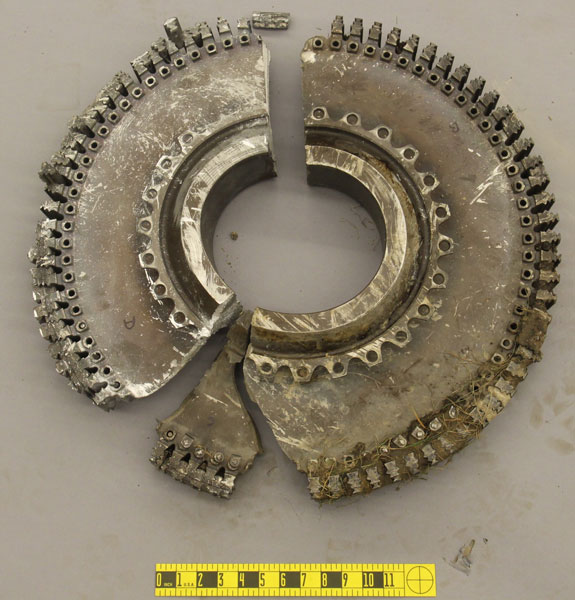
Recovered stage 2 HPT disk pieces, photo courtesy of the NTSB
The majority of the disk was recovered and sent to the NTSB laboratory in Washington DC for a more detailed examination. The NTSB has found that one of the fractures on the disk “exhibited features consistent with fatigue cracking initiating at an internal inclusion near the forward side of the hub’s inner bore.”
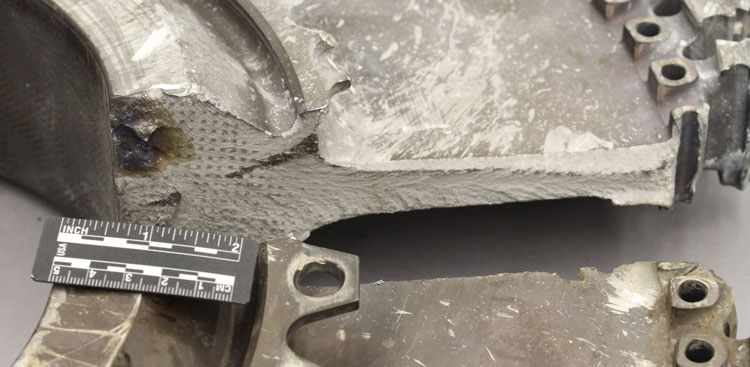
The NTSB says that the disk had 10,984 cycles, with a life limit of 15,000 cycles, and that a review of the engine maintenance records, manufacturing records, and associated processes are ongoing. In addition, the disk will undergo metallurgical examinations focused on “detailed characterization of the inclusion and the fracture surfaces.”
Additional debris from the engine and wing were found around the area marked “gouge in runway” on the above graphic.
Additional Investigation Details
NTSB Senior Air Safety Investigator Lorenda Ward is the Investigator-in-Charge, leading a team with expertise “in the areas of airworthiness, powerplants, structures, survival factors, maintenance records, flight recorders and metallurgy.”
In addition to the NTSB, the FAA, American Airlines, Allied Pilots Association, Boeing, General Electric Engines, the Transport Workers Union of America and the Association of Professional Flight Attendants are also parties to the investigation.
The official accident docket for the American Airlines Flight 383 engine failure with associated factual reports and other material related to the investigation will be opened at a later date, and the NTSB will release more information as warranted.
Featured Image: Grant Wickes, CC2, Note: This is not an image of the actual aircraft involved in the incident.






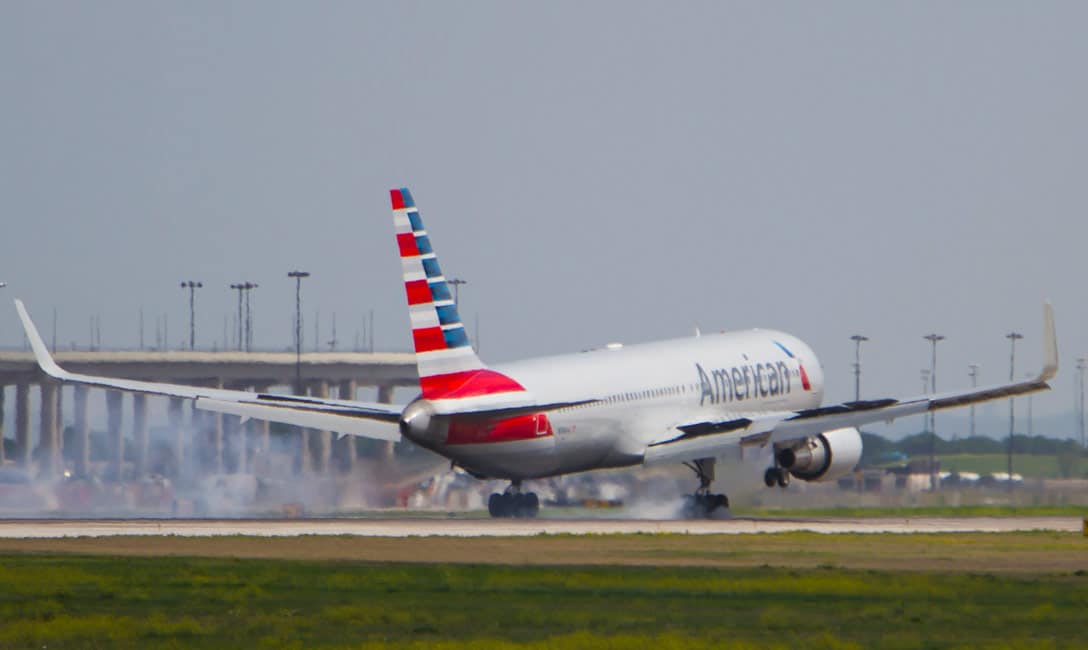






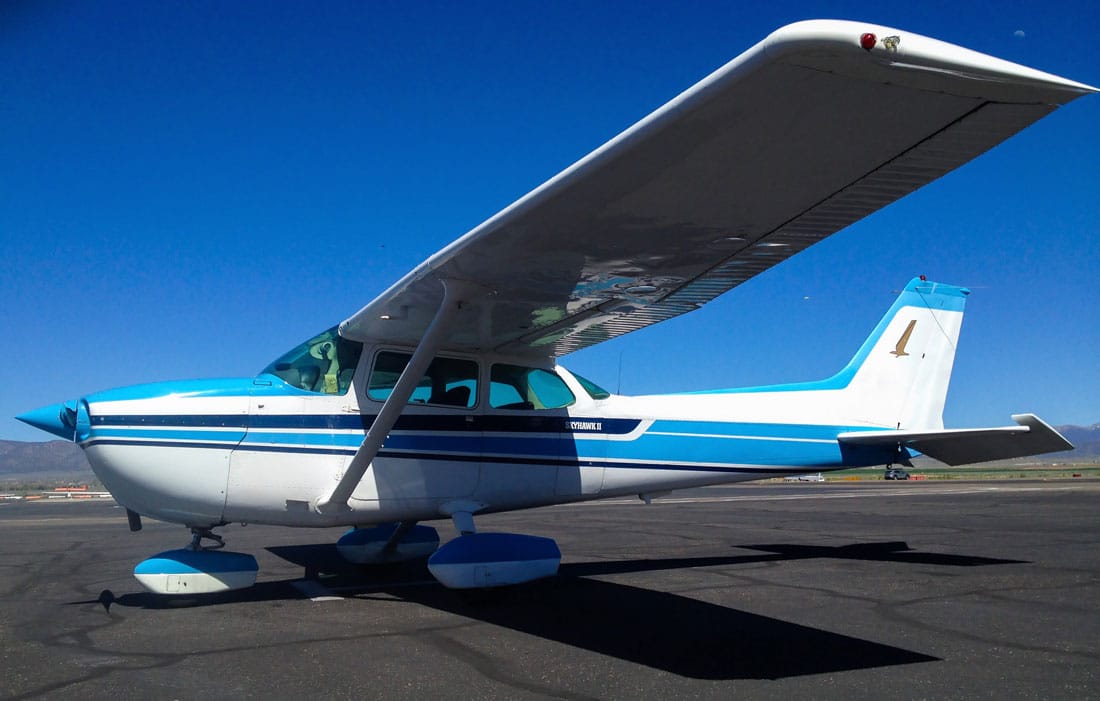
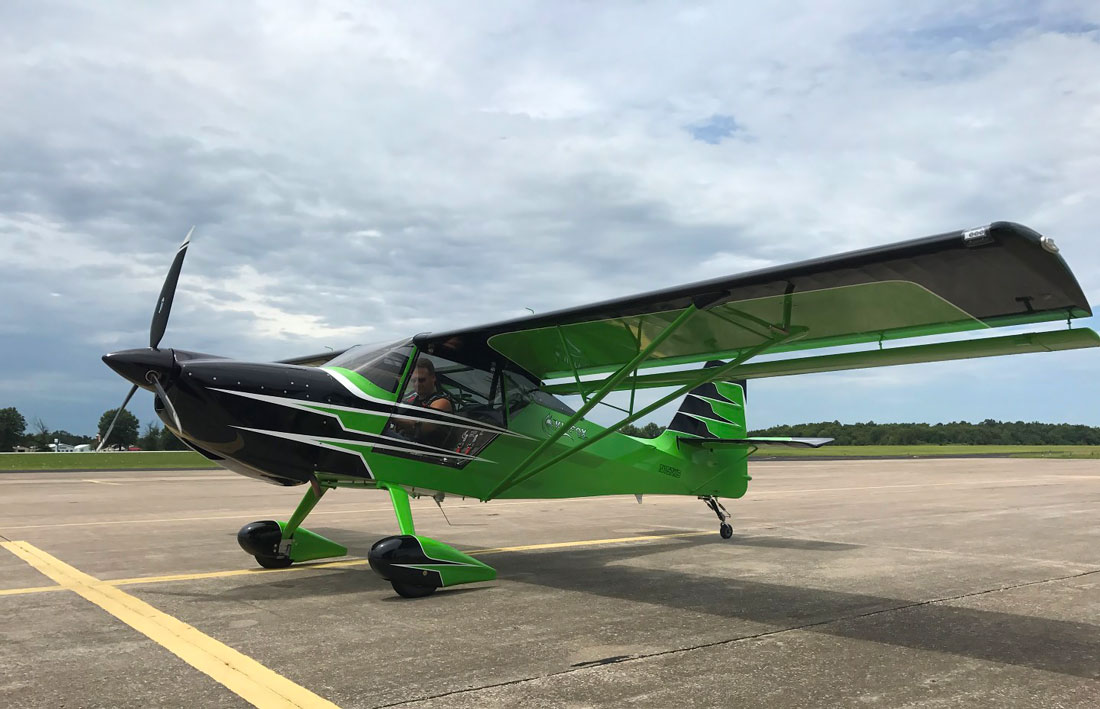
Leave a Reply